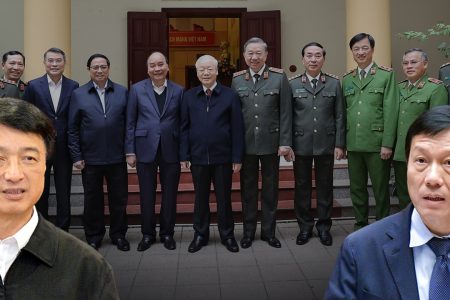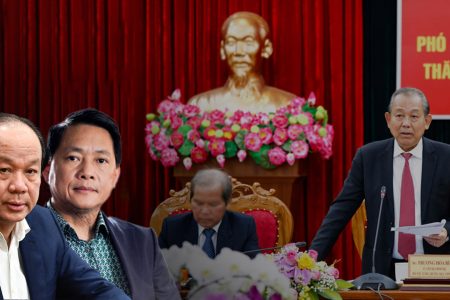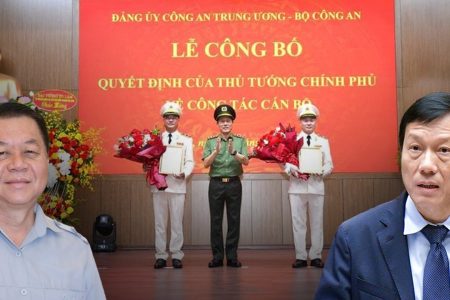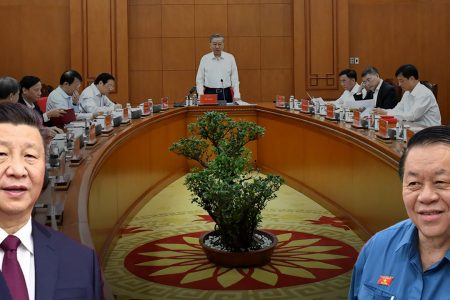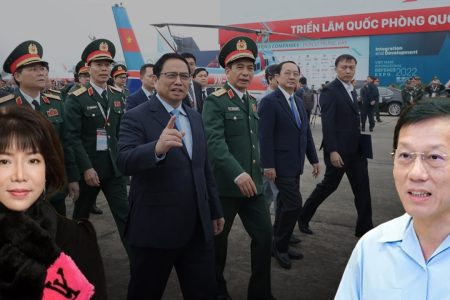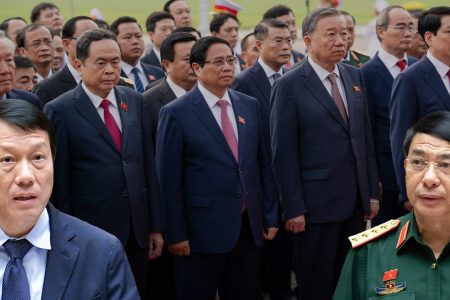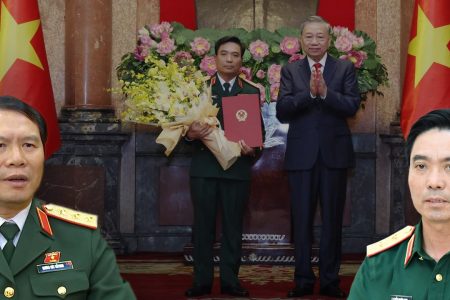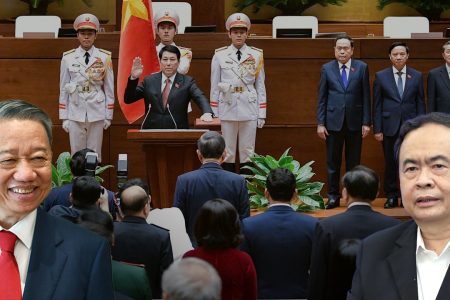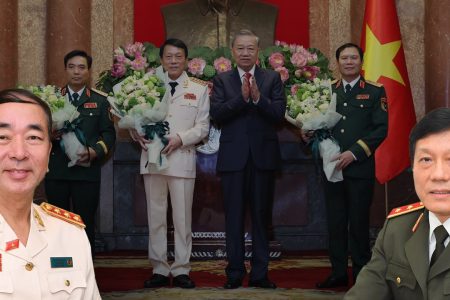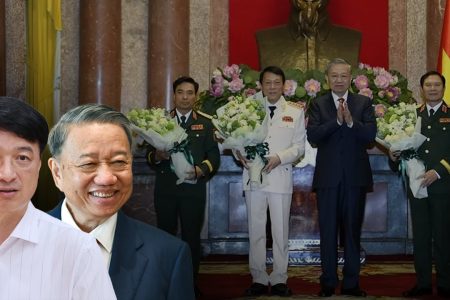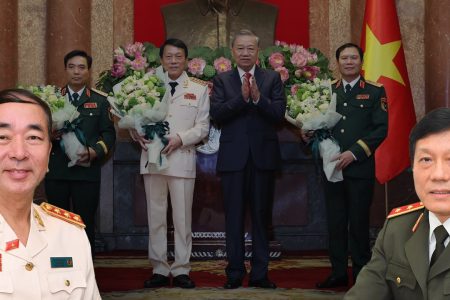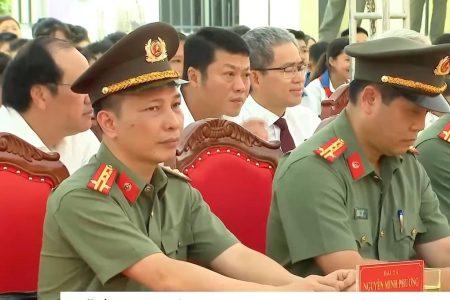Previously, Vietnam’s Ministry of Transport issued a “Plan to build a Trans-Vietnam High-Speed Railway” from Lang Son to Ca Mau. It is expected that by 2035 the Hanoi-Ho Chi Minh City route will be completed, and by 2050 the entire Lang Son-Ca Mau route will be operational.
However, the National Assembly in 2010 rejected the High-Speed Rail project as proposed by then Prime Minister Nguyen Tan Dung.
VnExpress online reported on June 25 “Vietnam plans to build a North-South high-speed railway in 2026-2027.” The news said that according to Minister of Transport Nguyen Van Thang, the North-South High-Speed Railway project, over 1,500 km long, is expected to be implemented in 2026-2027.
This is the result of work between the Vietnamese delegation and Chinese state-owned companies, on the afternoon of June 25. According to Minister Nguyen Van Thang, to implement this project, Vietnam wants to cooperate with China.
This is part of the Vietnamese Government’s plan to cooperate with China, within the framework of Xi Jinping’s “One Belt, One Road” initiative.
On Vietnamese social networks, many comments are concerned about the fact that the Vietnamese Government still chooses China as the investor for the North-South High Speed Rail Project, despite the risk of heavy debt and the prolonged construction work. Accordingly, Vietnam has learned a valuable lesson in cooperating with China, in the Cat Linh-Ha Dong elevated railway project. This is a project that has been heavily criticized by public opinion in Vietnam, because its capital increased from $553 million to more than $868 million, and was repeatedly delayed in handover, leading to slow progress.
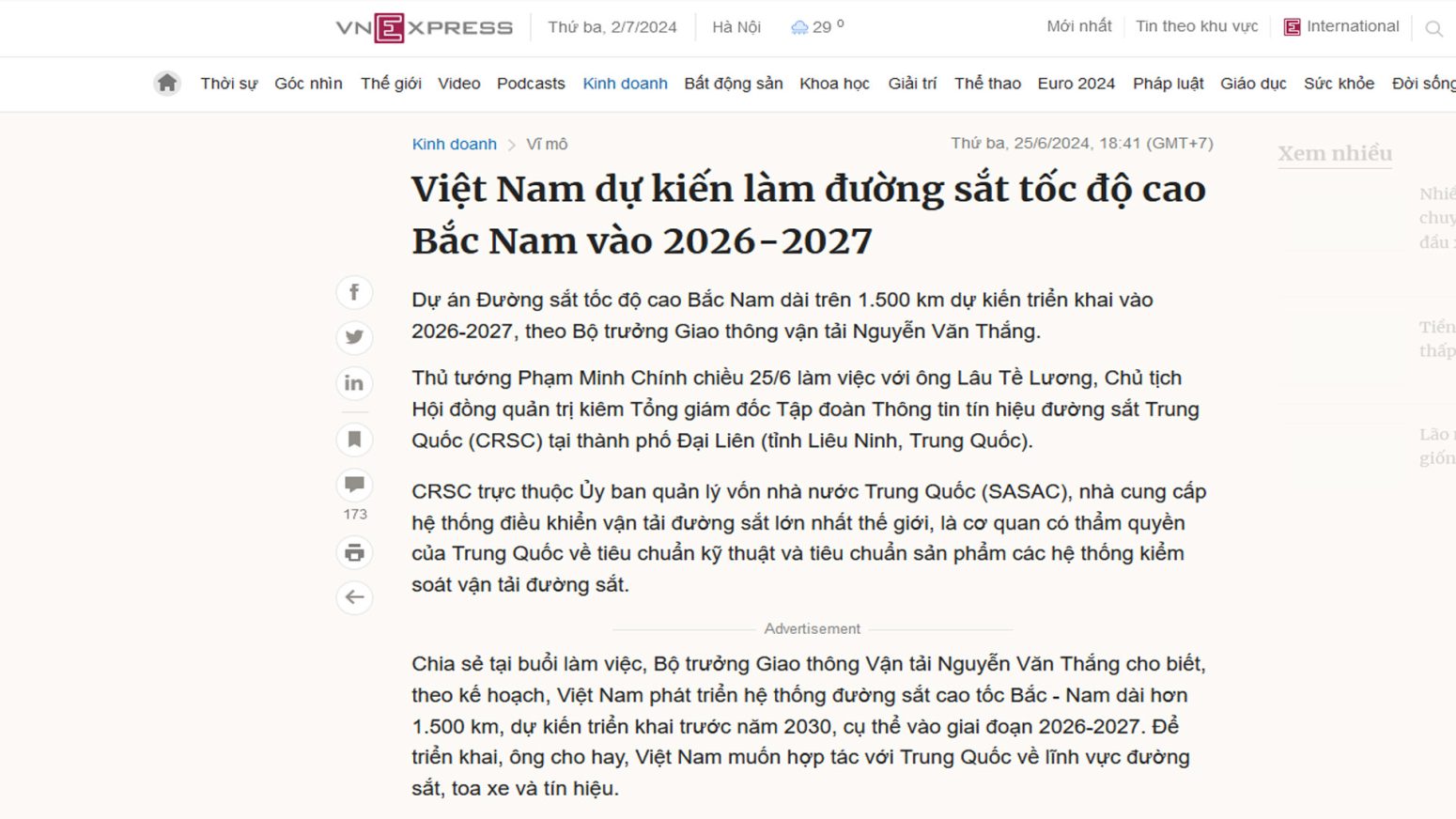
Specifically, the project was approved in 2008, and is expected to be put into operation in 2015 but it will not be officially handed over and put into operation until November 2021. Those interested also expressed concern, because Vietnam had to borrow an additional $669 million from China for this project.
Most recently, the Ministry of Transport said that this ministry is preparing a report to the Government on the North-South High Speed Railway construction project, expected to be submitted to the 15th National Assembly at the next session. Previously, the state-controlled media quoted the Government’s announcement, saying that on March 28-30, a working delegation of the Vietnamese Ministry of Planning and Investment went to China to learn about building the country’s high-speed rail system.
According to state media, Vietnam is currently planning to build a high-speed railway system, with a length of 1,545 km, and an investment capital of about $72 billion, accounting for about 17% of GDP. According to the Vietnamese Government, China’s railway technology is the most developed in the world, so Vietnam wants to learn from China’s experience, especially technology, capital mobilization and management capabilities.
This is a big change from before. In 2023, the Vietnamese Government said that Vietnam is seeking support from Japan in developing a high-speed rail system. The reason for this change may be that, during President Xi Jinping’s visit to Vietnam, in December 2023, Vietnam and China signed a series of agreements, including an agreement on cooperate in building railway lines.
The website of the Voice of Vietnam has an article: “Decoding the ‘debt trap’ in China’s Belt and Road Initiative” with warning:
“The above projects are part of China’s Belt and Road Initiative mega project. Through investments in other countries’ infrastructure, China has spent a huge amount on infrastructure projects in foreign countries. So far, according to the Center for Global Development (CGD), at least 8 countries are facing special difficulties due to debt problems related to the BRI project.”
According to observers, these loans can make some countries dependent on China, and subject to political influence from this country./.
Tra My – Thoibao.de




